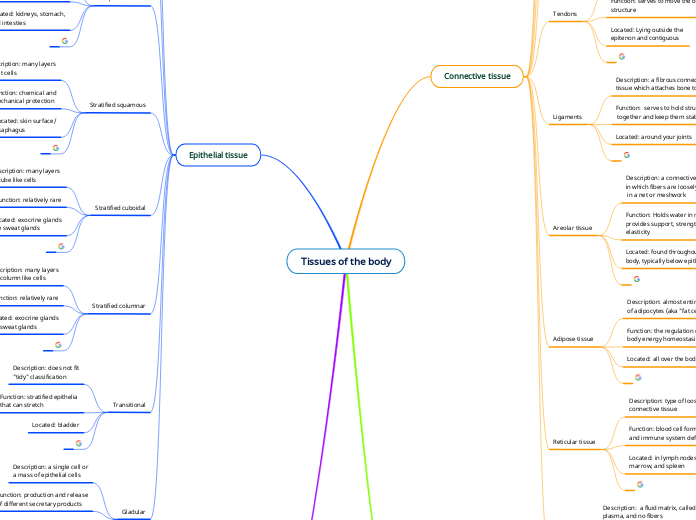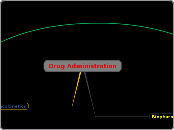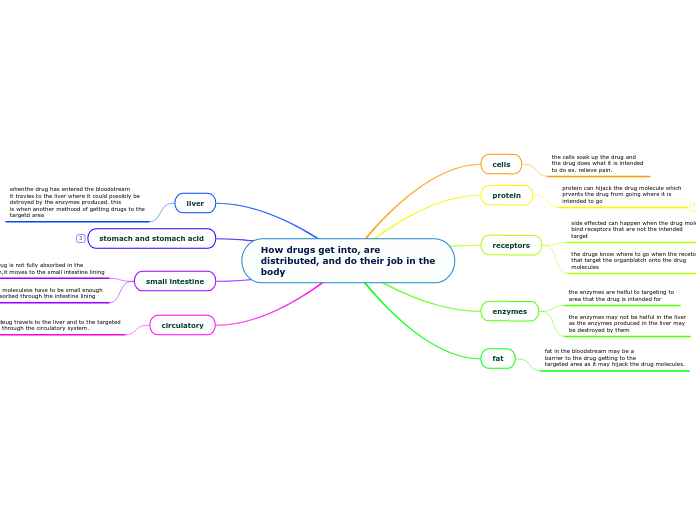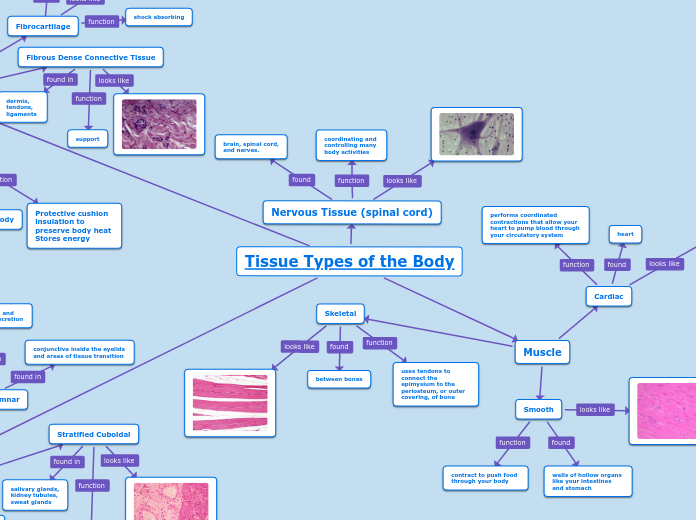par Aligyah Penn Il y a 3 années
208
Tissues of the body
The provided content highlights various types of epithelial and connective tissues in the human body, emphasizing their descriptions, functions, and locations. Epithelial tissues are categorized into types like stratified cuboidal, stratified squamous, glandular, stratified columnar, transitional, simple squamous, simple columnar, and simple cuboidal.









